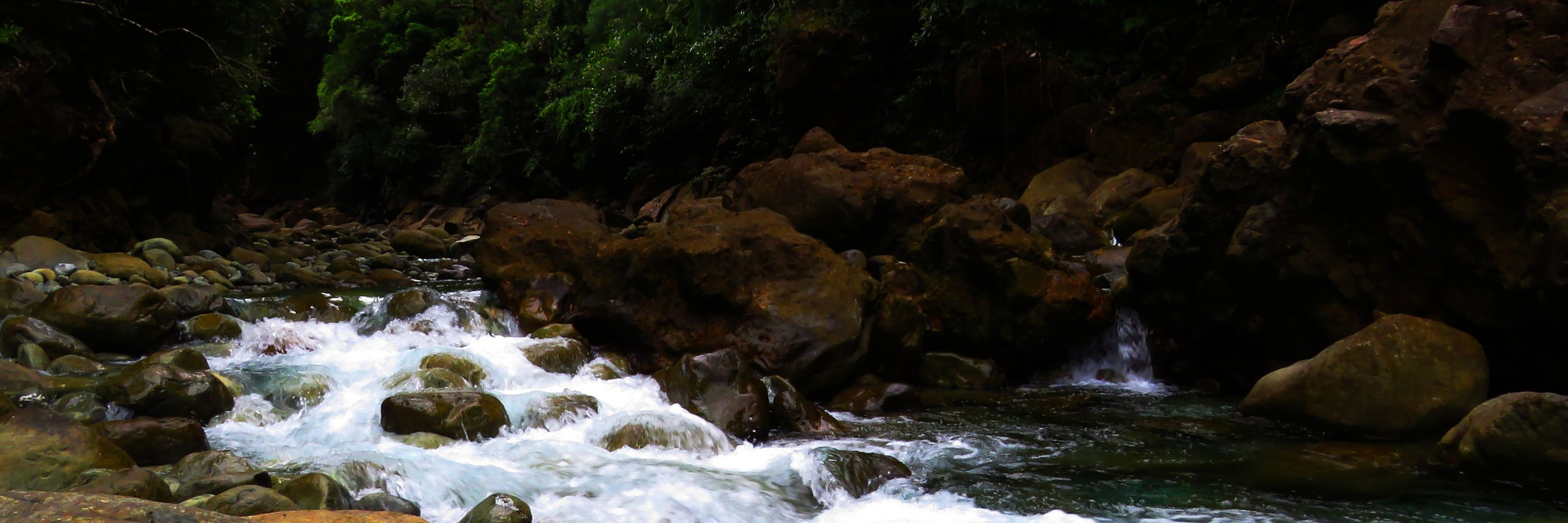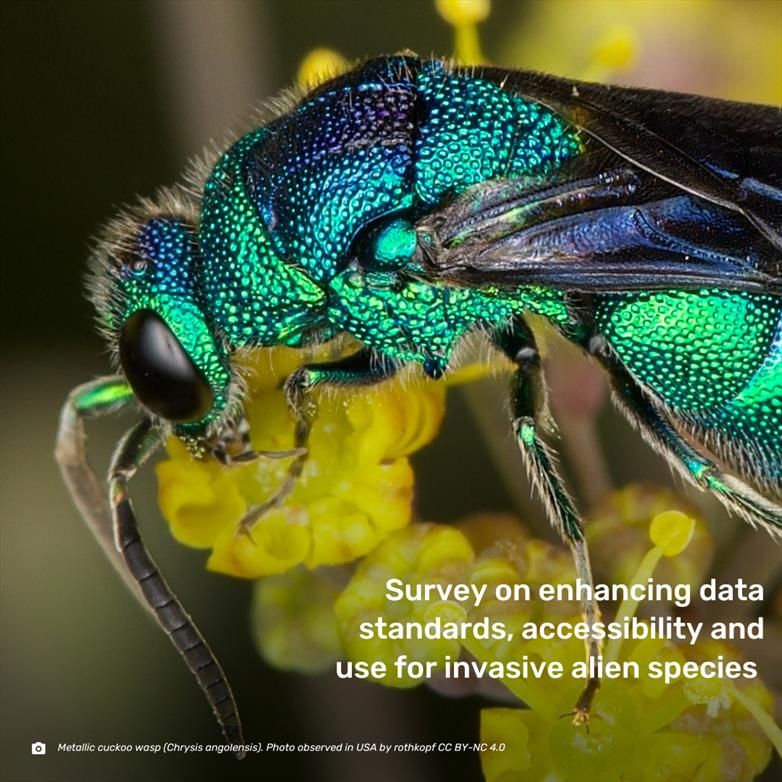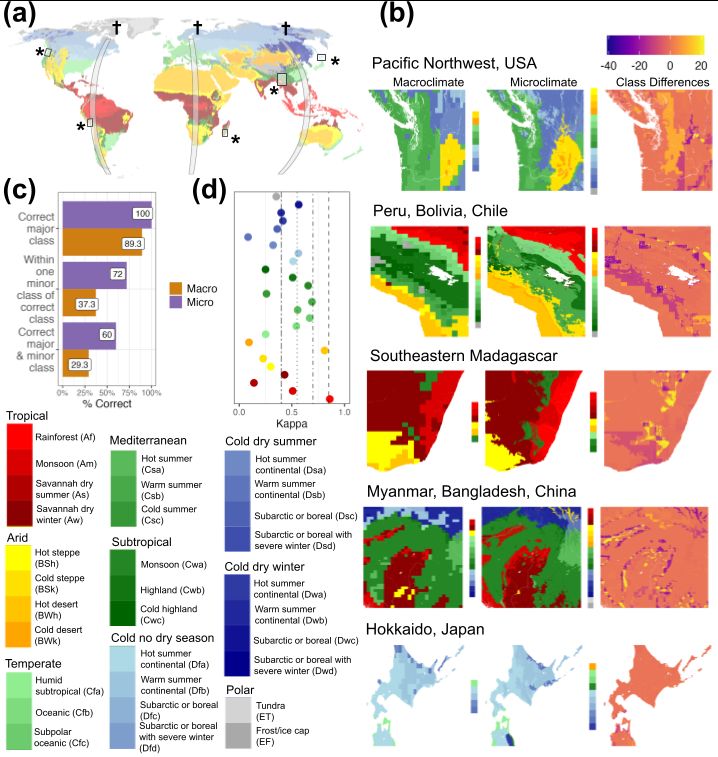
🧑🏽🔬 PostDoc @fletcher.ecology CambridgeU | 🎓 MonashU'24 | 📚 Conservation Informatics | Fellow IPBES GA2 | JrAE J Appl Ecol | Explorer NatGeo | 🎲 Brimming w/ chaos & positivity | Grung Valor Bard 🐸
Reposted by Christine N. Meynard, Arman Pili
Reposted by Martín A. Núñez


#BobWongLab
royalsocietypublishing.org/rspb/article...
Reposted by Arman Pili

Read more: bit.ly/4a9AD9J
Reposted by Stephen D. Murphy, Ryan K. Brook, Arman Pili

We provide a foundation for applied spatial ecology with a focus on learning-by-doing.
@camzoology.bsky.social @conservation.cam.ac.uk
Reposted by Laura Pereira, Arman Pili


Huge thanks to our fellows, authors & experts for their dedication this week, setting the vision and foundations for the next 3 years. 🌍
Grateful to UNESCO for hosting us!
🧪 https://www.ipbes.net/second-global-assessment
Reposted by Arman Pili




This week in Paris, Fellowship alumni and Coordinating Lead Authors met with the new generation of fellows and shared anecdotes, words of wisdom, and advice.
Reposted by Arman Pili




The young researchers from across the world got to know each other and started planning for the work ahead.
Learn more about the IPBES Fellowship Program: https://www.ipbes.net/ipbes-fellowship-programme
Coordinating Lead Authors and Fellows got to know each other and started ideating the working elements for the assessment.
Thank you to participants for your dedication and passion #ForNature! 🌱




Reposted by Marta Coll, Arman Pili




Coordinating Lead Authors and Fellows got to know each other and started ideating the working elements for the assessment.
Thank you to participants for your dedication and passion #ForNature! 🌱

Work hard, play hard: they really followed my motto!
Powerful publications on the way!
I am looking for a passionate and hard-working PhD student to work in southern Africa on experimental defaunation and rewilding of megafauna. See the link below for more information:
@camzoology.bsky.social @conservation.cam.ac.uk

A new #publication with 65 authors from all continents (except Antarctica), 42 article pages and >500 references.
doi.org/10.1111/brv....
🌐 #ecology #globalchange

We’re applying this method to 600+ alien amphibians and reptiles 🦎🐸 to map their global invasion potential & understand global biotic homogenization 🌍
(8/8)

We sub-sample both presences & backgrounds across the full environmental gradient available to a species.
This helps SDMs better:
📌 Explain niches
📍 Predict current distributions
🕰️ Project future/range-shifting scenarios
(7/8)
Environmental sampling bias!
The model didn’t capture the true species-environment relationship—it just overfit to the oversampled Australian conditions.
➡️ The data were unbalanced in environmental space, and it showed.
(6/8)


Goal: Predict the global invaded range of the cane toad 🐸
Data:
🇧🇷 1000 records from native Brazil
🇦🇺 2000 from invaded Australia
🇵🇭 100 from invaded Philippines
👉 All thinned using standard methods (SOA)
Result: SDMs accurately predicted AU and BR(overfit), but mehhh in PH
(5/8)

📄 doi.org/10.1038/s415...
(4/8)

Apply 'Habitat Stratified Sampling Design' when thinning both data.
Our new methods:
1️⃣ Environmental clustering
2️⃣ Environmental distance thinning
Both outperform conventional approaches for:
🌍 Explaining
📍 Predicting
⏳ Projecting species distributions
(3/8)

Environmental sampling bias = when some environmental conditions are oversampled just because they’re common or widespread across the landscape.
➡️ This skews the models and messes with predictive accuracy.
(2/8)
Reposted by Quentin Groom, Sanne Govaert, Arman Pili

This survey is hosted by the GBIF and @tdwg.org task groups on IAS ⭐
🔗www.surveymonkey.com...


https://doi.org/10.1111/oik.11134
#Megafauna #Coexistence #Megaherbivore #ShiftingBaselineSyndrome #CommunityEcology #LargeHerbivore
Reposted by Arman Pili

onlinelibrary.wiley.com/doi/abs/10.1...
Reposted by Vijay Barve, Arman Pili

The GBIF Asia Regional Support Team is hosting a virtual #DataMobilization workshop in February 2025 📍 to support capacity needs and to promote data publication across the #Asia region!
Registrations are open!
🔗gbif.link/2025-asia-...


